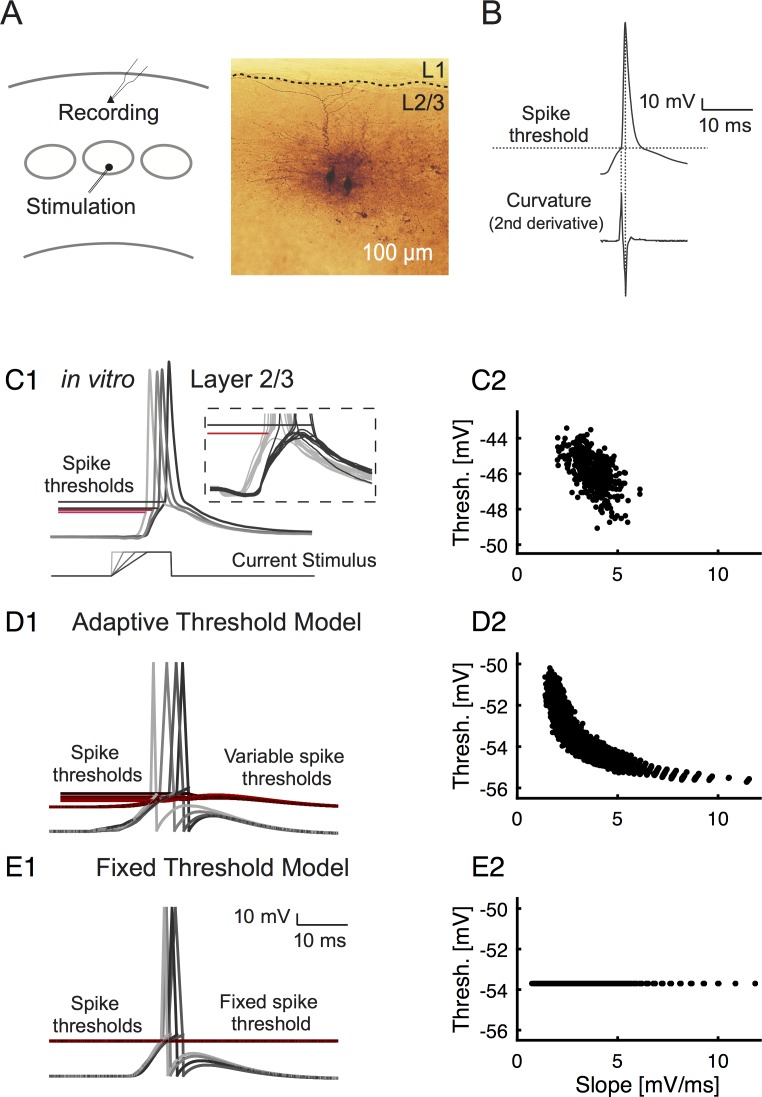Fig 1. The spike threshold depends on the history of the membrane potential in both real and simulated data.
(A) We performed patch-clamp recordings in layer 2/3 pyramidal neurons in vitro, in response to population input from stimulation in layer 4 (left). The pyramidal neuron identity was confirmed in a subset by filling the targeted neuron using biotin (middle). (B) From recorded action potentials (top), the spike threshold is determined as the maximal positive peak of the second derivative of the membrane potential (bottom). (C1) A cortical neuron stimulated with current inputs of different slopes (bottom, different shades of gray) lead to action potentials (top, corresponding grays) with different thresholds for spike initiation (top, red lines in corresponding brightness to grays of voltage traces, inset shows zoom in of spike initiation). The response is delayed w.r.t. to the stimulation due to the propagation delay from L4 to L2/3. The inset shows a magnified view of the threshold region. (C2) As in previous studies, thresholds were found to vary with the slope of the preceding membrane voltage. In the current stimulation settings, only a limited range of input slopes was realized. (D1) Neurons with an adaptive threshold were simulated on the basis of the model by Fontaine et al. [2], after adapting the parameterization to cortical excitatory neurons (see Methods). In addition to the voltage traces (grays), the adapting thresholds are also shown (reds, brightness corresponding to the gray traces). (D2) Applying the same analysis as in the in vitro data to measure the threshold, indicates that designed and measured threshold agree. The relationship between EPSP slope and spike threshold is overall captured by an exponential function especially when the wider range of EPSP slopes was used, which could be explored in the model (compare C2 and D2), see also [5]. (E1) Neurons with a fixed threshold were also simulated. The threshold was set to equalize firing probability with the adaptive threshold model. (E2) Re-estimating the threshold, we obtain the expected constant threshold.

